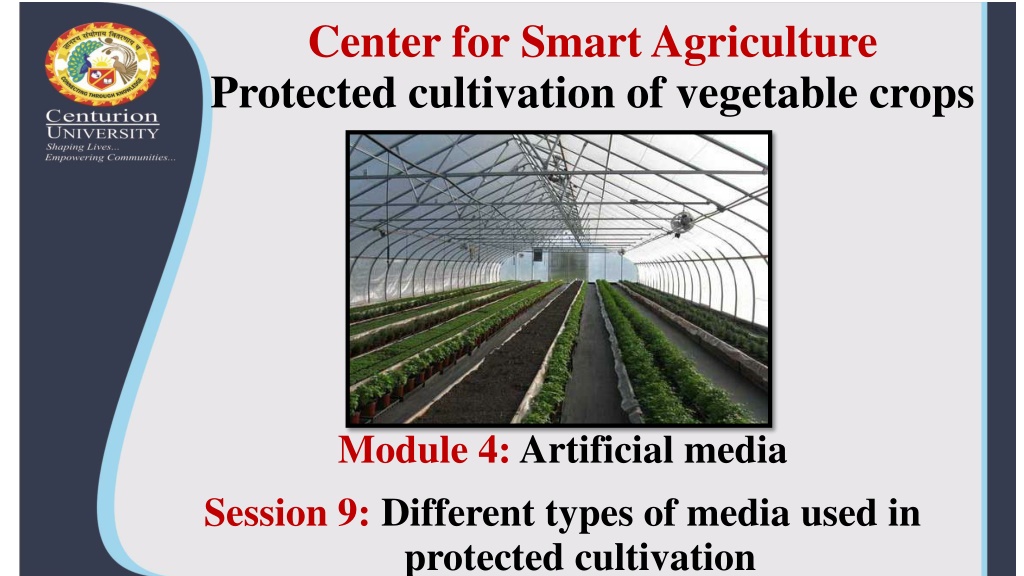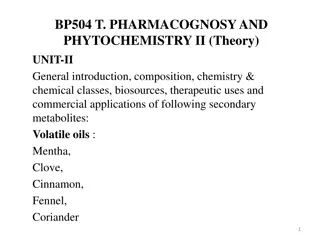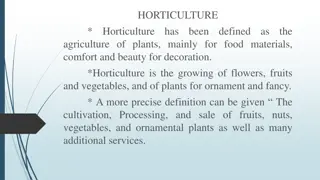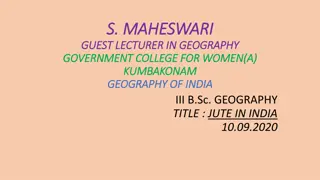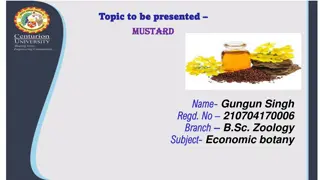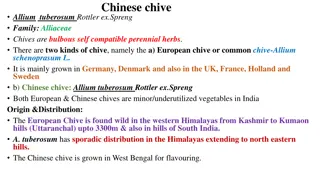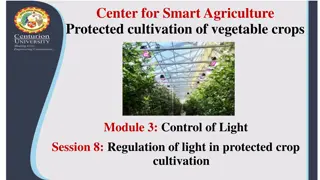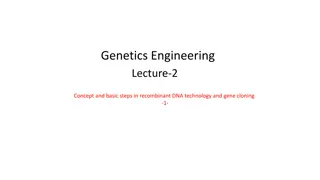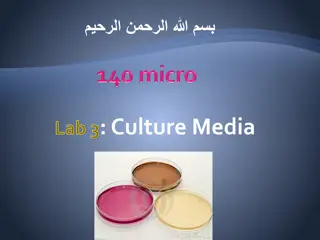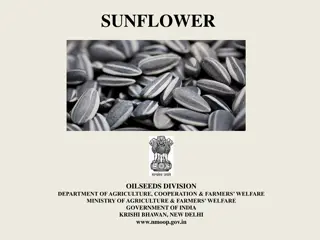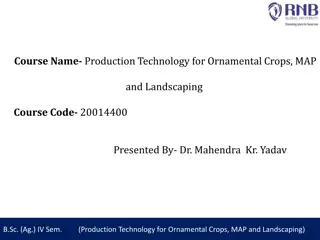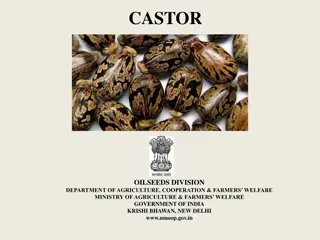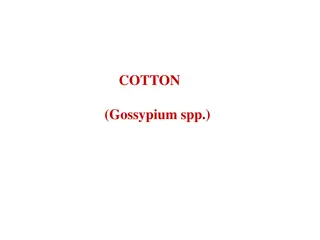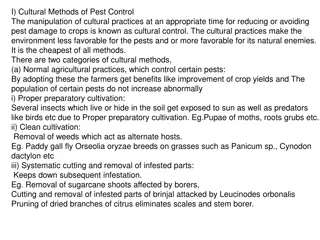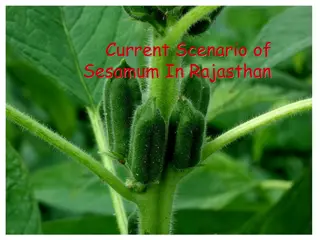Understanding Different Types of Artificial Media for Protected Cultivation
Exploring soil-less media for growing horticultural crops, this module delves into the advantages of using artificial media in protected cultivation. From soil mixes to peat, perlite, and vermiculite, learn how these components offer benefits like improved aeration, nutrient control, and labor efficiency in greenhouse production. Discover the wide adaptability of artificial media for growing various crops in different settings, ensuring successful cultivation even where suitable soil areas are scarce.
Download Presentation

Please find below an Image/Link to download the presentation.
The content on the website is provided AS IS for your information and personal use only. It may not be sold, licensed, or shared on other websites without obtaining consent from the author. Download presentation by click this link. If you encounter any issues during the download, it is possible that the publisher has removed the file from their server.
E N D
Presentation Transcript
Center for Smart Agriculture Protected cultivation of vegetable crops Module 4: Artificial media Session 9: Different types of media used in protected cultivation
Growing the horticultural crops in the media other than the soil is called soil-less media. Soil mixes used for greenhouse production of potted plants, cut flowers & vegetables are highly modified mixtures of soil, organic and inorganic materials. When top soil is included as a portion of the mixture, it is generally combined with other materials to improve the water holding capacity and aeration of the potting soil.
Many greenhouses do not use topsoil as an additive to the soil mixes, but rather use a combination of these organic and inorganic components as an artificial soil mix. Advantages Growers who do not have their own field are also able to grow vegetables other crops. It has wide adaptability vegetables in greenhouses, nursery, kitchen gardens, in the houses and in the areas where suitable soil areas are not present. to produce
Soil-less pathogens and nematodes. It provides good aeration and drainage. Nutrient control: complete analysis of soil- less culture media economizes the fertilizer use. Labour economics: Less handling time, sterilization, weeding, fertilizer application and watering. The light weight of soil-less substrates reduces the cost of transportation. culture media is free from is possible, which
Peat: Consist of remains of aquatic, marsh bog or swamp vegetation, preserved under water in partially decomposed state. Stable source of organic material that holds a great deal of water and air. It is quite acidic (pH-3.5 to 4.0) and limestone added to adjust the pH.
Perlite: Grey white silicaceous material of volcanic origin mined from lava flow. It is neutral in Ph and negligible cation exchange capacity. Although cost are moderate but it is effective amendement for growing media.
Vermiculite: It is micaceous mineral, expands markedly when heated. It is hydrated magnesium-aluminium-iron silicate. It is light in weight , neutral in reaction and insoluble in water.
Sphagnum moss: It is hydrated remains of acid bog plants such as Sphagnum Sphagnum palustre. It is sterile and light weight with high water holding capacity. It is able to absorb 10 to 20 times weight of water. It contains small amount of minerals. pappilosum and
Leaf mould: Leaf types, maple, oak, sycamore and elm are suitable for leaf mould. After composting of leaves to 12 to 18 months , leaf mould is ready for use. It may contains nematodes as well as seeds or noxious insects and diseases, so it should be sterile before use.
Bark: It is partially composted and screened material of plant origin. It is beneficial to obtain bark from local source s to avoid cost of transport. Rockwool: Produced by burning a mixture of coke, basalt, limestone and possibly slog from iron production.
Composition is 60% basalt, 20% limestone, 20% coke. It is formulated to prescribe higher density to provide the air and water holding requirements of plants.
Polystrene Foam: It helps in bringing improved aeration and light weight to root substrate. Consist of white containing numerous closed cells filled in air. It is extremely light, does-not absorb water and has no appreciable CEC. synthetic product
Sand: Basic component of soil, particle ranges in diameter 0.05mm-0.25mm. Least expensive among all inorganic amendements. The heaviest which may result in prohibitive transportation cost. Rice hulls: By products of rice milling industry. Extremely light in weight and very effective in improving drainage.
Calcinated clays: These montmorillonite clay minerals. The pottery like particles formed is six times as heavy as perlite. They have relatively high cation exchange as well as water holding capacity. They are very amendment. are formed by heating durable and useful
Bagasse: It is a waste by product of sugar industry. It may be shredded and or composted to produce material which can increase the aeration and drainage properties of container media.
Coco-peat: It is a by product of coconut husk. After grinding the husk, coco peat is ready. Sawdust and shavings: These are by product of lumber mills. It is close to neutral in pH when thoroughly composted.
